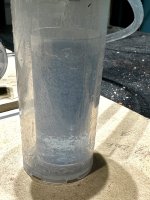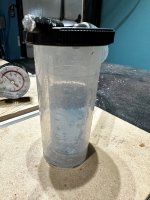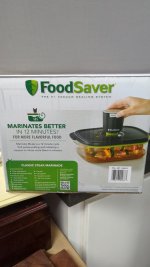I call it the swaylocks* method:
- max 1618 or vinyl ester grain filler for base coat. For thirsty porous woods (burls etc) I like 1618. If you use vinyl ester grain filler, it has to be razor thin or it’ll never cure. Even with razor thin coats it can take a couple hours sitting in direct Texas sun.
- laminating resin. I use this for thickness. It cures tacky (by design, for laminating additional layers on top)
- gloss resin topcoat. Gloss resin is basically laminating resin but with wax and styrene added- this allows it to cure bone dry with no tackiness.
I also like to add a drop or two of mekp catalyst.
Solarez does all of this premixed, under the hood. I like to do it myself so I can mix the wax right before I use it. This avoids alot of the mess and headache associated with Solarez which is premixed weeks/months in advance (with frequent formulation changes).
I like to sand between each step but it’s not required. Keep acetone far far away. Unless you like craters. If you need to clean finger prints or blemishes, just sand. The sanding dust will disappear when flooded with a subsequent layer.
For micro bubbles (if you’ve used Solarez, you know what I’m referring to), pull your resin through a vacuum. Brake bleeder kits work great for small batches. I do this every single time, regardless of layer
* swaylocks is a now defunct forum for surfboard enthusiasts. It’s still accessible with 20+ years of archived knowledge and these guys were resin wizards.



